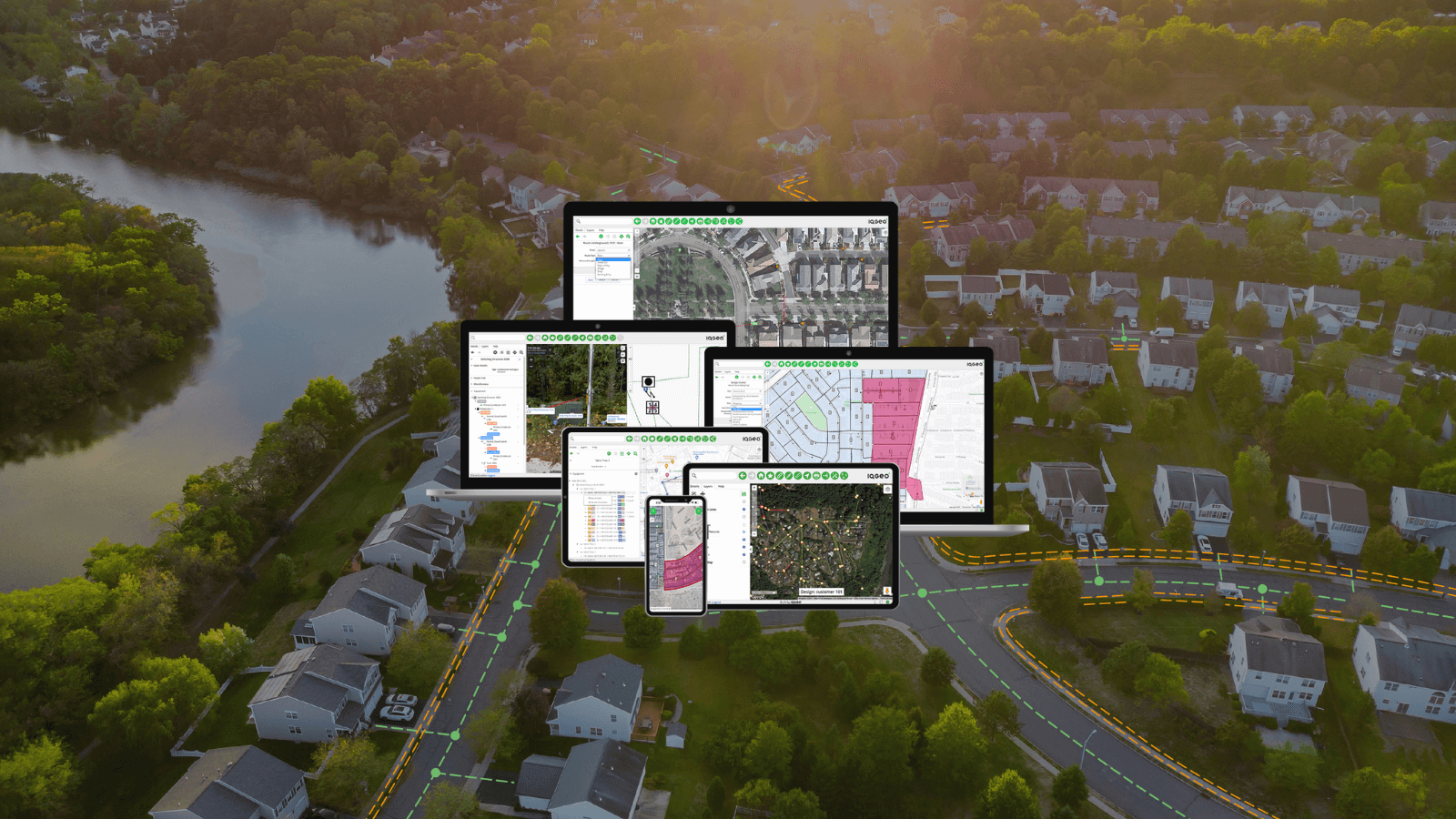Fiber-to-the-Home (FTTH) technology has revolutionized internet connectivity, offering unparalleled speed, reliability, and future-proof infrastructure for homes and businesses. However, navigating the technical aspects of FTTH can be daunting. This article aims to demystify the essential terminology associated with FTTH networks, empowering you to grasp the technology powering your connection.
FTTH terminology
We'll explore some of the key FTTH terminology, providing clear and concise definitions to equip you with a comprehensive understanding of FTTH networks.
- Attenuation: This refers to the weakening of a signal as it travels through fiber optic cables. Lower attenuation means signals travel farther without significant loss, crucial for efficient FTTH networks.
- Broadband Passive Optical Network (BPON): An earlier standard for FTTH deployments, BPONs used optical splitters to deliver voice, data, and video services over a single fiber to multiple users.
- Central Office (CO): The CO acts as a central hub in a telecom network, housing equipment like OLTs (see definition below) and distributing services to users.
- Digital Signal Processing (DSP): DSP plays a vital role in FTTH by manipulating and amplifying optical signals to compensate for attenuation and ensure optimal transmission quality over long distances.
- Distributed Tap Architecture (DTA): Refers to a specific deployment architecture in which the optical signal is incrementally tapped in order to distribute it to customers without the need to split it evenly. It’s particularly effective for rural and low density PON deployments.
- Ethernet Passive Optical Network (EPON): EPONs utilize Ethernet protocols for high-speed data transmission in both directions on fiber optic cables. They're efficient and cost-effective, particularly in European and Asian FTTH deployments.
- Fiber Optic Network Terminal (ONT): This device converts incoming optical signals from fiber cables into electrical signals usable by your devices like routers. ONTs bridge the gap between fiber optics and your home network.
- Fiber to the x (FTTx): This represents various fiber optic network architectures like FTTH (fiber to the home), FTTC (fiber to the curb), and FTTN (fiber to the node). Each extends fiber optic cables to different termination points, catering to specific network designs.
- FlexNAP(tm): A system of preconnectorized and ruggedized connector assembly system developed by Corning that includes cables, taps, splitters, network access points and terminals designed for faster deployment and easier maintenance.
- Future-ready: This approach involves designing infrastructure with future advancements in mind. It ensures your network can adapt and scale to accommodate evolving technologies and user demands without extensive modifications.
- Gigabit Passive Optical Network (GPON): Similar to EPONs but using ATM protocols, GPONs are widely used in the US for FTTH due to their higher bandwidth capacity.
- Gigabit Ethernet Passive Optical Network (GEPON): The evolution of EPON, capable of supporting up to 1GBps per connection.
- Gigabits per second (Gbps): This metric measures data transfer rate, a crucial indicator of network performance. Higher Gbps values signify faster internet speeds and superior data transmission capabilities of fiber optics compared to traditional copper wires.
- Greenfield: This refers to new construction projects for Multi-Dwelling Units (MDUs) and neighborhoods where no existing telecom infrastructure exists. It allows for efficient planning and installation of fiber optic cables during construction, facilitating optimal network design and cost-effective deployment of high-speed internet.
- Homes passed: This represents the number of residential and business premises a service provider can potentially deliver FTTH services to within a specific activation timeframe. It's a crucial metric for assessing market reach and planning network expansions.
- Multi-Dwelling Unit (MDU): MDUs refer to buildings or complexes with multiple residential units, such as apartments or condominiums. Understanding MDUs is important for telecom providers navigating access agreements, installation logistics, and service delivery optimizations in these environments.
- Network Access Point (NAP): In some FTTH architectures, NAPs act as intermediary points between the central office and user locations. They house equipment for routing traffic and managing service delivery within a specific geographical area.
- Optical Line Terminal (OLT): OLTs are central to PONs, aggregating and distributing signals to ONTs in user locations. They manage traffic flow and ensure efficient data transmission across the network.
- Optical Network Terminal (ONT): Functioning as the bridge between fiber optic infrastructure and user devices, the ONT plays a critical role in FTTH networks. Unlike traditional modems used with cable internet, ONTs convert incoming light pulses from fiber optic cables into electrical signals that routers can understand. This transformation enables devices within your home to access and utilize the high-speed internet delivered by FTTH technology. ONTs are typically installed within a residence, connecting directly to the fiber optic termination point.
- Optical Return Loss (ORL): This metric measures signal loss due to reflections within an optical network. Low ORL values indicate minimal signal loss, ensuring high-quality transmission and network reliability. Monitoring ORL helps maintain optimal network performance.
- Passive Optical Network (PON): PONs are cost-effective solutions for delivering services to multiple users using passive components like splitters to transmit signals over a shared fiber optic cable.
- Split ratio: In PON architectures, the split ratio refers to the number of subscriber locations served by a single fiber optic cable using a splitter. Understanding split ratios is crucial for optimizing network capacity and cost-effectiveness.
- Wavelength Division Multiplexing (WDM): This advanced technique transmits multiple data streams simultaneously on a single fiber optic cable using different wavelengths of light. WDM allows for increased network capacity without requiring additional fiber infrastructure.
- 10 Gigabit Passive Optical Network (XG-PON or 10G-PON): The evolution of GPON, it utilizes Wavelenght Division Multiplexing to increase capacity up to 10Gbps per fiber.
- 10 Gigabit Symmetrical Passive Optical Network (XGS-PON): A Competitive standard for 10Gbps capable PON, it utilizes Time Division Multiplexing (TDM) and Time Division Multiplexing Access (TDMA) to maximize capacity to 10Gbps symmetrical.
- 10 Gigabit Ethernet Passive Optical Network: The evolution of GEPON, it utilizes enhanced power budgeting and ethernet framing to deliver 10Gbps capable services while being backwards compatible with GEPON deployments.
With this foundational knowledge of FTTH terminology, you're well on your way to understanding the technology that powers your internet connection. For further insights, the Fiber Broadband Association and FTTH Council Europe serve as excellent resources to expand your understanding even more.
FTTH network planning and management software
Looking to optimize your fiber optic network? IQGeo's expertise can help you to plan, design, operate, and build better networks with our award-winning fiber optic network management software. Book a demo with our team to learn more.
This article was first published on 23 April 2019 and was updated on 22 July 2024.
Similar articles:


 Previous
Previous







